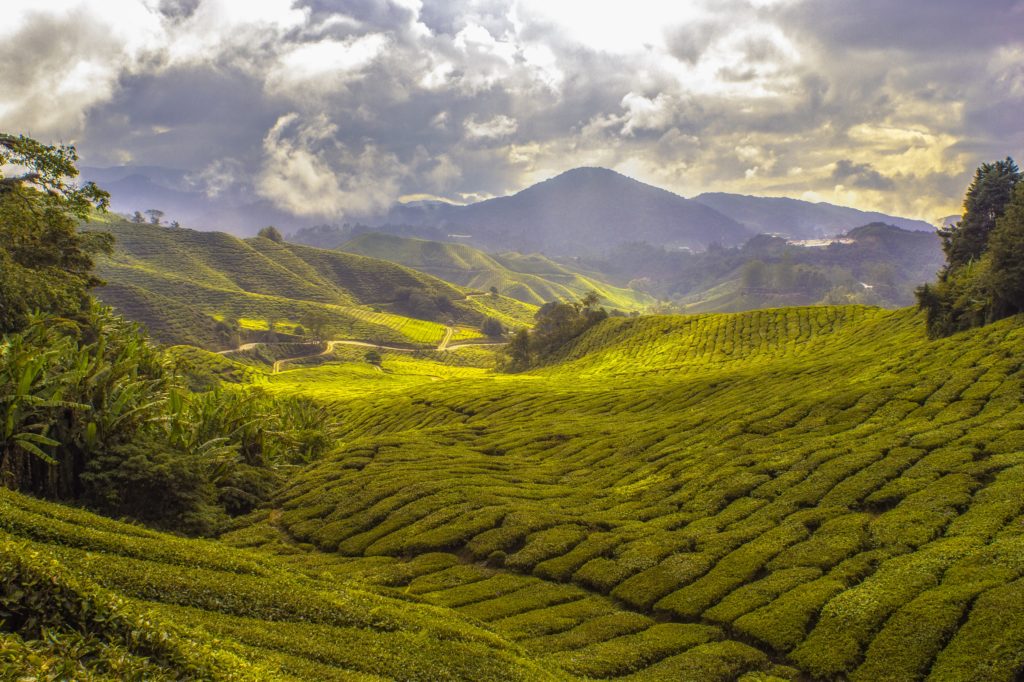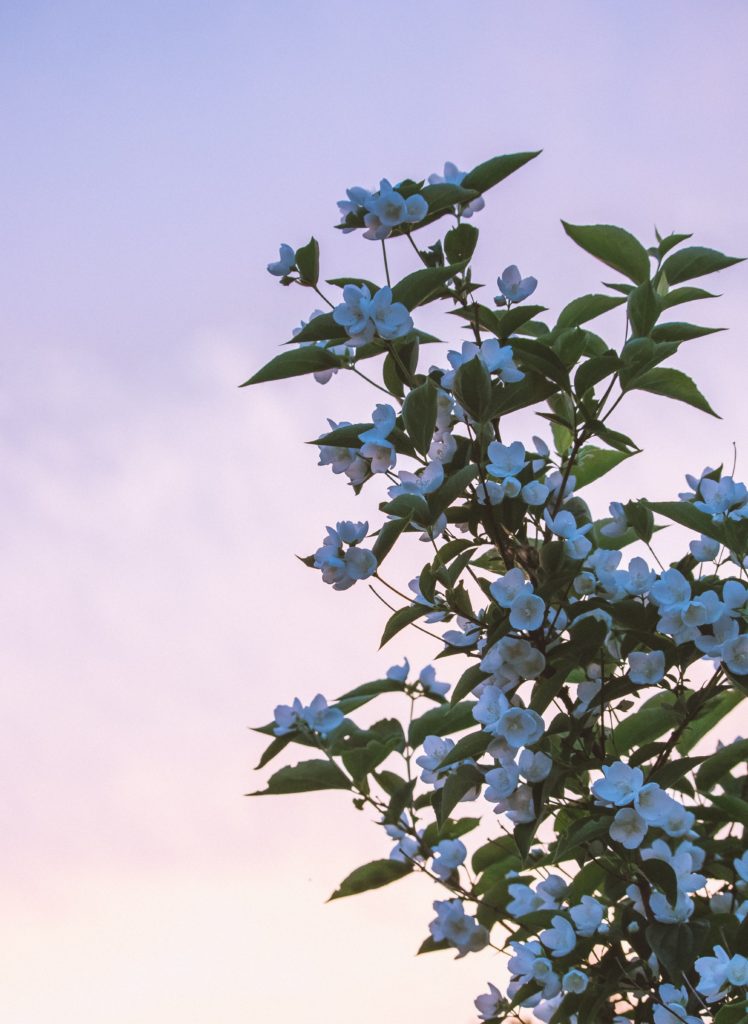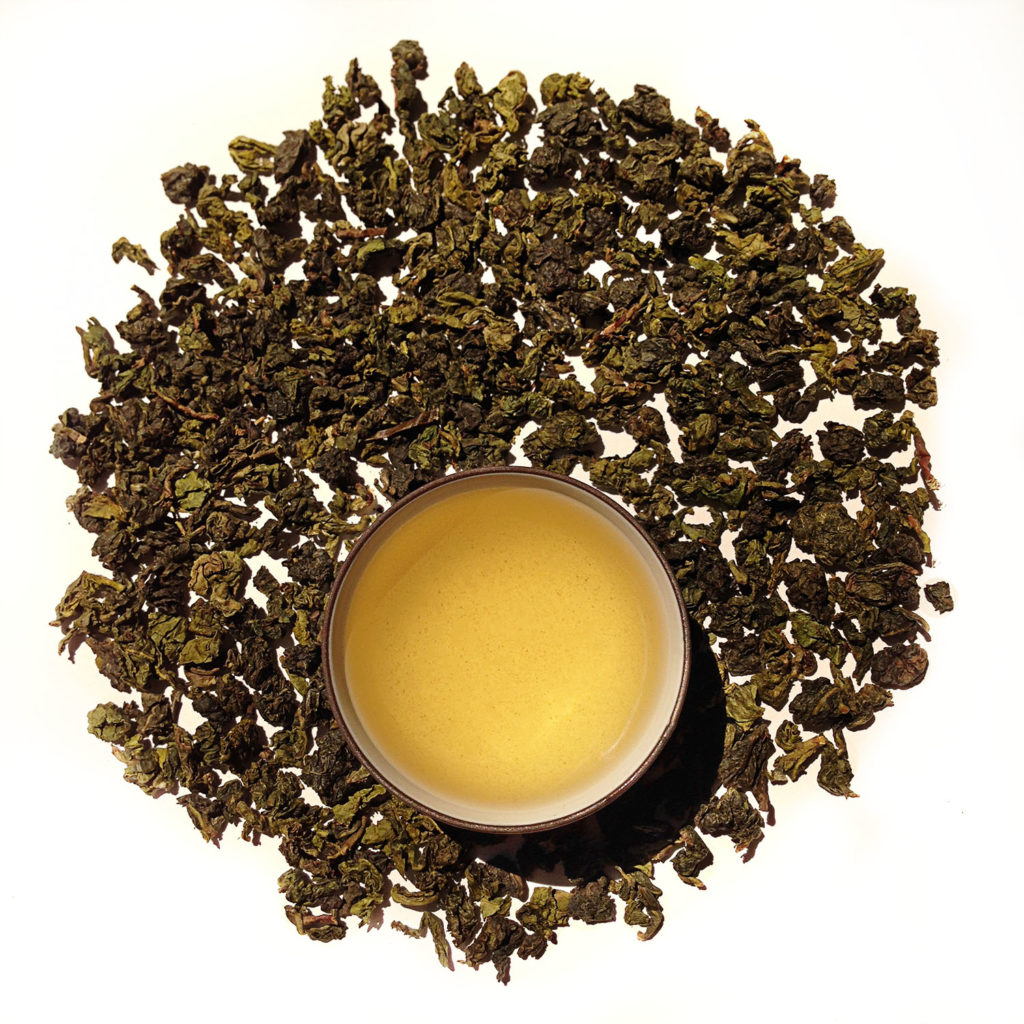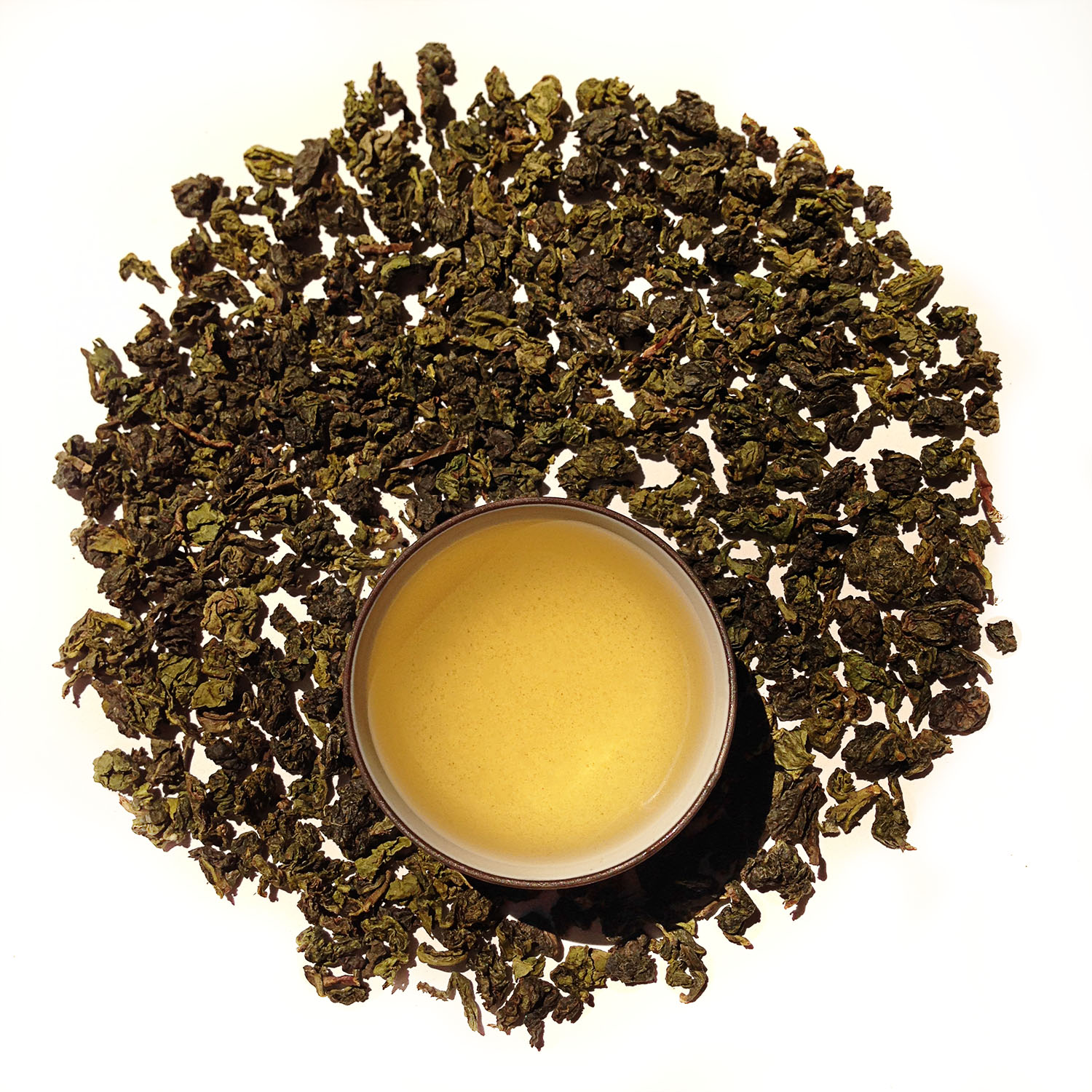With fresh crop of jasmine oolong tea, now is the best time to savor this treasure

One of the beautiful things about tea is it’s as complex as you want to make it. On the one hand, you can just sip the same tea every day and not think much about the hot liquid in your cup. You just enjoy it. And we applaud that.
On the other hand, China supports 6,000 different kinds of green tea alone! Teas grow in cool mountains, and in jungles. They grow in fields. All of them offer different flavors, depending on where they are grown, and how craftspeople turn the leaves into tea meant for sipping.
It’s as wonderfully varied and interesting as wine, which explains the passion that tea provokes in many people — including us, of course.
Jasmine oolong tea is flavored naturally
While we generally champion traditional, unflavored, Chinese teas above all, we treasure plenty of others. And jasmine oolong teastands as a favorite.
And good news to Ku Cha customers — we just received a shipment of the new harvest. The tea we now have at the shop represents jasmine oolong at its finest. The oolong tea itself is exceptionally fresh, but it also comes with the addition of the aroma and flavors of jasmine flowers. Over time, the jasmine qualities in the tea erode.
One of the many things we love about jasmine oolong, besides the beautiful flavor, is the method used for flavoring the tea. Instead of using artificial flavors, or mixing the tea with spices and herbs for flavor, jasmine oolong depends upon real jasmine flowers. The process is natural, and effective.

When jasmine flowers start blooming, normally in the Anxi area of China’s Fujian province, tea farmers pick the flowers early in the morning. They then either layer the fresh flowers with oolong tea leaves, or they blend them all together. Either way, during the evening the jasmine buds open and exhale all of that aroma and flavor — jasmine, after all, is a night-blooming flower.
The process is repeated with fresh buds six or seven times, until the tea leaves fully absorb the delicate, distinct jasmine fragrance.
Oxidation Key to the Process for Making Oolong Tea
This is special tea. We enjoy it all day, and appreciate the graceful aroma and flavor of the jasmine. With jasmine oolong, it’s like sipping the scent of flowers on a soft breeze. Magical.
Prior to the addition of fresh jasmine blossoms, the tea is lightly oxidized, which turns it into oolong. It’s the oxidation that gives tea its darker colors. Green tea is not permitted much oxidation, and it remains green. Black tea experiences the most oxidation, and indeed — it’s black, or at least extremely dark brown. Oolong is between the two — more oxidation than green, but not as much as black. The tea is dark, but normally not black; more like some combination of gray, brown and dark green.
Preparing jasmine oolong tea is similar to methods for all green teas.

Hot Jasmine Oolong Tea
Use 2 teaspoons of tea for each 8-12 ounces of water.
Steep in boiling water for 2 minutes.
Taste. If you would like more tea and jasmine flavor, let is steep for a bit longer. If it’s too strong for your tastes already, remove the tea from the water and dilute it with a little hot water. The next time, either use less tea and steep for two minutes again, or just steep for one minute.
Cold Brew Jasmine Oolong Tea
Mix 1 ounce of tea with a gallon of water, and let steep for at least 2 or 3 hours at room temperature. Cold brew jasmine oolong can also steep overnight or for a day in the refrigerator. Once it’s ready, remove the tea leaves and savor this delicious tea!

